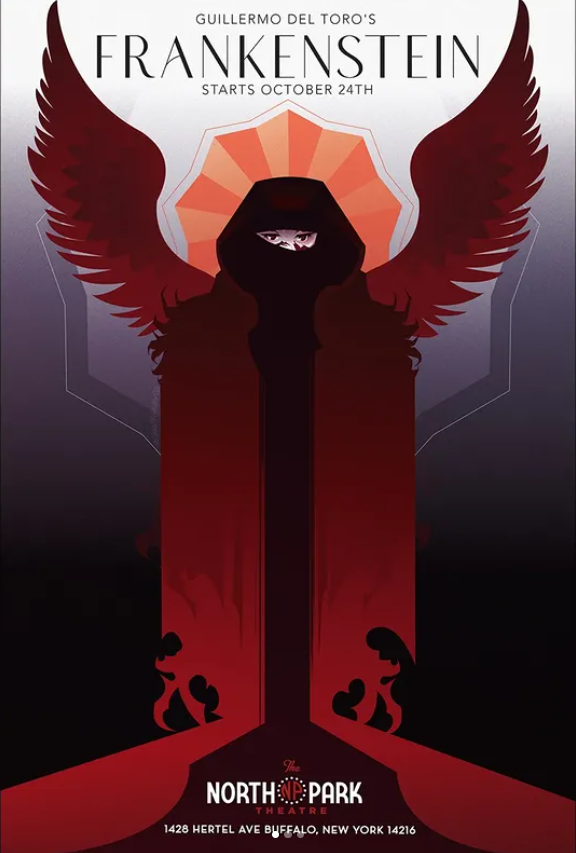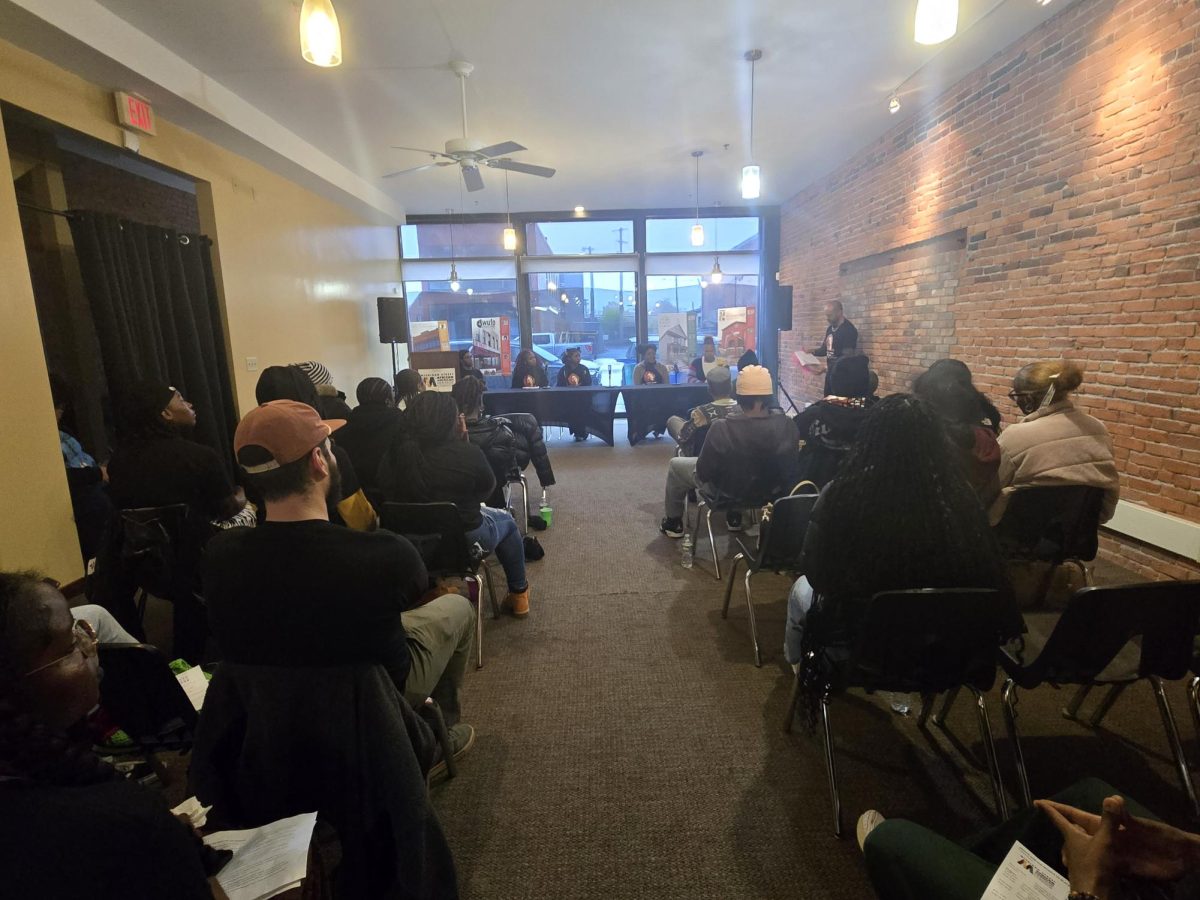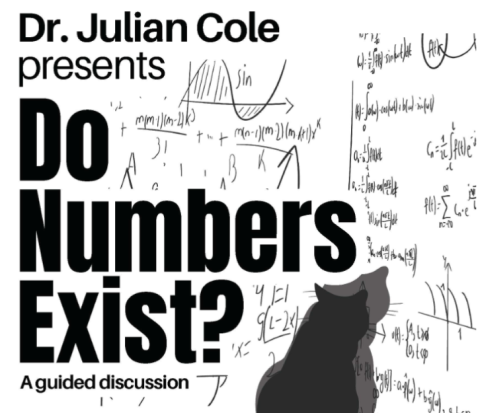
Just over a month ago, Mac Miller’s second posthumous album, Balloonerism, was released, setting a new standard for posthumous treatment of music artists.
The discussion behind posthumous releases of music has always been controversial, with each side of the argument housing strongly contested opinions.
On one side of the aisle, you hear claims of album releases after the artist’s death being soulless cash grabs, a predatory attempt to capitalize on their legacy, and a shallow last-ditch effort by record companies to squeeze a final bit of money from beyond the grave.
Alternatively, others argue that these releases are a way to hear from their favorite artist one last time and celebrate the legacy they left behind.
Taking those arguments into mind, the way Mac Miller’s music has been handled following his untimely death in 2018 definitely leans towards the latter argument, especially in terms of celebrating the legacy of the fallen.
Whether its the recent release of Balloonerism, or the first posthumous album, Circles in 2020, Mac Miller’s legacy has been treated with the upmost respect. Both projects made a real attempt to retain the vision Miller had for them, with Circles being completed by producers with close relation to the artist, and Balloonerism being mostly untouched.
When speaking with BBC’s Newsbeat, Mac Miller’s longtime producer, Eric Dan, stated, “We made a conscious decision to keep things as they were and not go back and ‘fix’ mistakes, tune things or add anything. The rough edges were part of its charm and highlighted where Mac was creatively at that time.”
It is very apparent that all who worked on these projects ensured that it would be released with Miller’s raw vision visible and unaltered, which admirers of the artist greatly appreciated, with both albums receiving acclaim from his fanbase.
Unfortunately, not all posthumous releases receive the same level of care and respect. While Mac Miller’s team prioritized his artistic integrity, other artists’ legacies have been mishandled, leading to projects that make the cash grab argument ring true. A recent example of this is Juice WRLD’s The Party Never Ends, an album that, after years of delays, was met with widespread disappointment.

Much like Mac Miller, Juice WRLD was an artist with a devoted fanbase who attached themselves to his music, who particularly resonated with how he brought discussions of depression, anxiety, and substance abuse to the forefront.
With that in mind, excitement was through the roof when The Party Never Ends was announced in 2021. That excitement quickly died out, however, when the album was marred with three years worth of delays, finally releasing Nov. 29, 2024—coinciding with a Fortnite collaboration.
Fan reception to the album was poor, with complaints ranging from lackluster production, to the album lacking a sense of identity that was present in the artist’s previous projects.
In a review by Robin Murray, editor of the music and fashion magazine Clash, The Party Never Ends was described as “A record that sometimes lacks a cohesive identity. Equally, for all the fireworks and guest spots, the material itself can be sometimes lacking.”
If Mac Miller is an example of how an artist’s music should be handled after their death, Juice WRLD’s latest release is the antithesis.
Balloonerism and The Party Never Ends aren’t the only examples of right and wrong treatment post mortem.
Think back to the recent rap beef between Kendrick Lamar and Drake. Try to remember Drake’s diss Taylor Made Freestyle, where the artist utilized verse from an AI generation of famed rapper Tupac.
A California legend, where Lamar was born and raised, Tupac’s influence on the rap genre cannot be understated. It is easy to assume that Drake saw this as a chance to have one of Kendrick’s influences join him in his diss track; however, a question of moral ramifications presented itself: how can you have Tupac be part of your song when he has been dead for years?
Drake’s solution? Use AI.
Aside from the glaring issue of using AI to “resurrect” a dead man for your own gain, Drake also failed to ask permission from Tupac’s estate to implement this into the song, leading to a cease and desist, forcing Drake to take down the song shortly after release. Drake saw it fit to encroach on Tupac’s legacy to try and one up Kendrick in their beef, which just adds to the fire general audiences hold towards the treatment of artists posthumously.
A less widely publicized example was the treatment of MF DOOM’s work following his death in 2020. His is not a wholly unique case, where following his death, his popularity exploded. In data provided by MRC Data, following the announcement of the artist’s death on Dec. 31 2020, his music saw an 870% increase in listeners on streaming platforms. His place in popular culture was given a larger spotlight, allowing his work to gain the recognition it deserved while he was living.
Then, in Aug. 2021, a street block in Long Beach, New York, was renamed KMD – MF DOOM Way, with the street running from Long Beach Blvd to Riverside Blvd, where the rapper grew up. One could say that his legacy is being revered following his death, which is true.

At the same time, however, it is also being dishonored.
Locked in an ongoing lawsuit with DOOM’s widow, Jasmine Dumile, is Eothen “Egon” Alapatt, one of DOOM’s former collaborators and close friends. When forced to move to the United Kingdom in 2010 due to immigration issues, DOOM had to leave behind his notebooks, which contained original lyrics and ideas for released and unreleased tracks.
Alapatt took possession of these notebooks while DOOM was in the UK, and failed at every opportunity to return them to DOOM despite his multiple requests. After his death, Alapatt still holds possession over the notebooks, much to the exasperation of DOOM’s wife. Refusing to return the notebooks even after Dumile publicized her demand, she resorted to suing the former friend for copyright infringement, fraud, intentional misrepresentation, and unjust enrichment.
Egon’s response to this lawsuit? Dubbing it frivolous, and stating that DOOM never truly had ownership of the notebooks in the first place.
From Mac Miller’s carefully preserved discography, to Juice WRLD’s disjointed releases, and the ethical minefield of AI-generated Tupac vocals, the posthumous treatment of artists is a spectrum ranging from reverence to blatant exploitation. These cases prove that an artist’s legacy is only as secure as the hands entrusted with it. Mac Miller’s posthumous releases demonstrate the care and respect that should be the industry standard—not the rare exception. If the music industry truly values the legacies of its artists, it must recognize that less is more, prioritizing artistic integrity over profit.


















